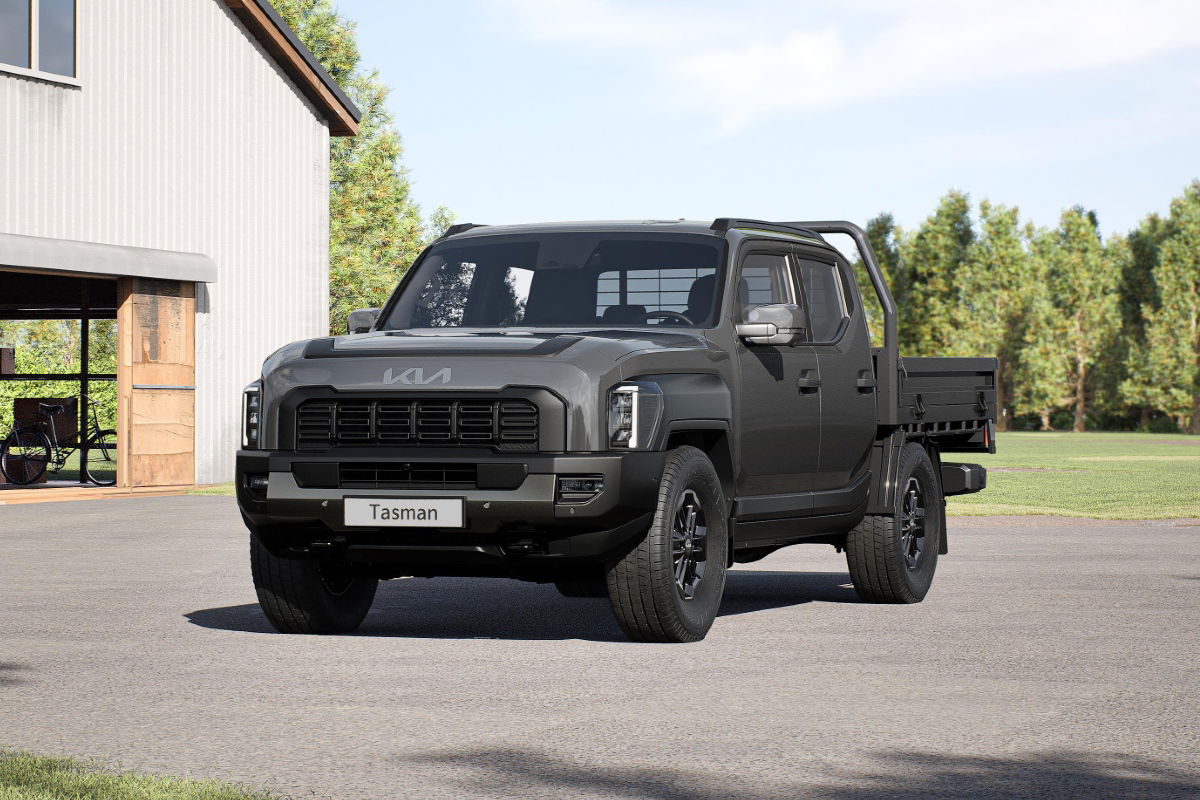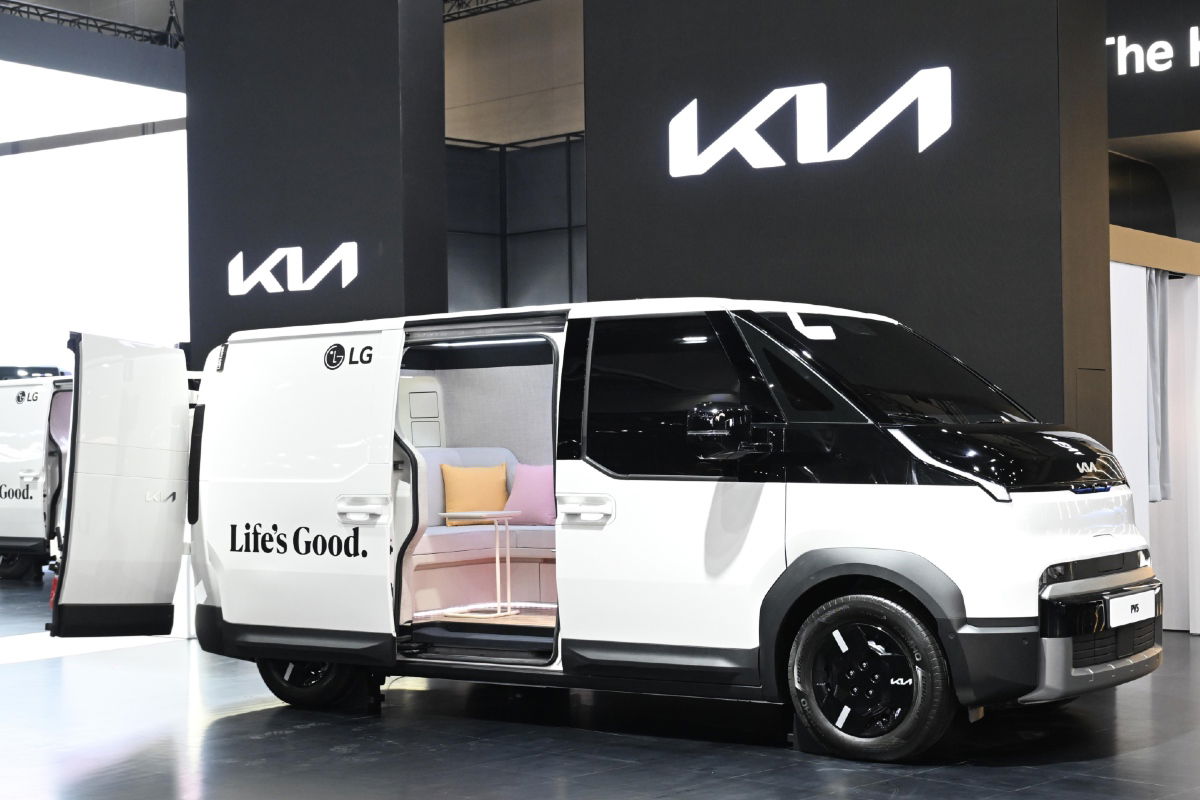
How many utes are enough?
For Kia it appears that one isn’t enough, with the company revealing plans for a second ute to join the upcoming Tasman. However, this new model will be an electric pickup designed primarily for the North American market. But that’s not the only new commercial vehicle Kia has plans for, with a range of new light commercial vans set to be introduced between now and 2030. It’s all part of the brand’s long-term strategy, which was recently outlined at its 2025 Investor Day.
READ MORE: 2025 Kia Tasman – what you need to know
There are no specific details on this new pickup in terms of its size, and therefore whether it will target the full-size Ford F-150 Lightning and Chevrolet Silverado EV, or be a mid-size pick and try to steal sales from the Tesla Cybertruck and Rivian R1T. However, Kia has confirmed it will be built on a “new EV platform” that has been designed to suit “both urban and outdoor use” while also claiming it will have “best-in-class interior and cargo space, a robust towing system, off-road capabilities, and advanced infotainment and safety features.”
Kia is targeting 90,000 annual sales for this new pickup, which sounds like a lot but North America snapped up more than 700,000 F-150 (petrol and electric) in 2024. The new pickup is expected to be built in the USA, to help avoid tariffs and logistic costs.
READ MORE: Kia Tasman v Ford Ranger

Kia also used the Investor Day to shed more light on its upcoming light commercial vehicles, which it is referring to as ‘PBV’ models. The brand has high hopes for these new vehicles too, targeting 250,000 PBV sales by 2030 across a three model range. The first to launch will be the PV5 in July 2025, followed by the PV7 in 2027 and PV9 hitting showrooms in 2029. The PBV models will be defined by their flexibility and broad breadth of capability, as well as a focus on connected car software.
For example, the PV5 will be available in multiple variants and body styles including passenger, cargo and Cab Chassis as well as the option for a light camper, Crew Van, open bed and box/refrigerated trucks.
“Since launching the Kia Transformation strategy in 2021, Kia has continuously progressed to become a provider of sustainable mobility solutions that innovate space and enable customers to make better use of their time beyond conventional means of transportation,” said Ho Sung Song, President and CEO of Kia. “We will continue to develop the brand by implementing mid-to-long-term strategies to strengthen our internal stability and respond effectively to changes in the auto industry.”
Despite the recent downturn in interest in electric vehicles Kia is still making big, long-term plans. The company confirmed the all-new EV2 and EV4 will join the already launched EV3, EV5, EV6 and EV9 models as Kia looks to grow its global electric vehicle sales to more than 1.2 million units by 2030.












Discussion about this post